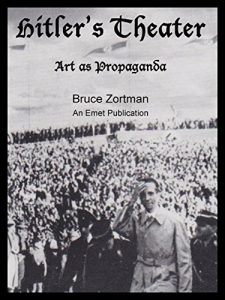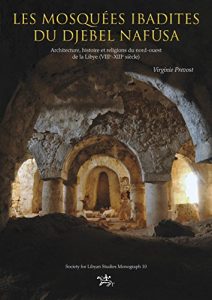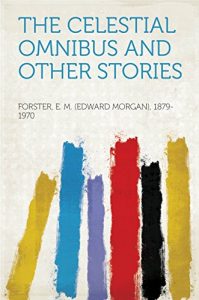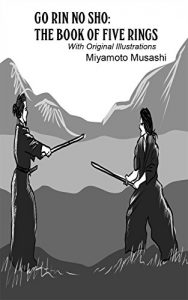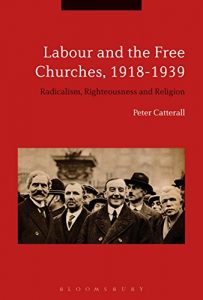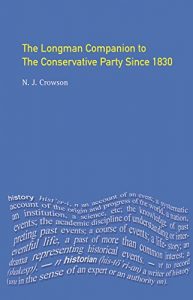I 99eBooks è una directory di eBook. Cerchiamo e classificato intorno alle eBooks Web per te!
Tutti i diritti riservati. I libri e libri elettronici sono di proprietà dei rispettivi proprietari.
Hitler’s Theater: Art as Propaganda (English Edition)
A regimented use of spectacle theater to brainwash millions of Germans on a massive scale with lies and half-truths to psychologically prepare them to murder six million Jews. Joseph Goebbels, Minister of Public Information and Propaganda, announced shortly after Hitler's seizure of power plans to build 400 theaters with seating capacities ranging from 10 to 50,000 "so that the spiritual experience [Nazi doctrine] could be fulfilled." Already painfully seasoned with distress, anger and hatred as a result of the Treaty of Versailles, deep economic depression, abdication of the Kaiser and a contentious Weimar Republic government, the German people were ready for a target at which to aim blame for their misfortunes. The xenophobic attitude of Germans toward foreign culture and thought played directly into the Nazi’s plan to eradicate the primarily Jewish influenced theater, disenfranchise their Jewish population and send it packing into exile or extermination. In order to fill the artistic vacuum, Goebbels’ Cultural Board enlisted thousands of voluntary laborers to build massive amphitheaters that roughly resembled the ancient Greek models on “sacred ground” claimed to be sites of medieval Teutonic feats of valor and victories over foreign encroachment. Reversion to a “blood and soil” attitude, atavistic hero worship of mythic Aryans and the formation of a surrogate cult church to replace the Roman Catholic and Protestant religions were all ideological objectives in this purposeful theater. To heighten the spectacle in the performances thousands of torch-bearing Hitler Youth acted as a dynamic prologue followed by chanting choruses, one of them numbering 17,000, who proclaimed the success of National Socialism. The men who rushed to fill the artistic vacuum are as fascinating as the shocking events of the Third Reich. Through their expression of ideas and criticism of drama, they reveal their aberrant psychological problems. Plot synopses of several representative plays and the inclusion of dialogue passages from the original German scripts with side-by-side English translations allow for a visualization of these spectacular productions. For example, in the première production of Eberhard Möller’s Das Frankenburger Würfelspiel (The Frankenburg Game of Dice), at the 20,000-seat Dietrich Eckart Theater, built in 1936 aside the Olympic Stadium, a character representing Hitler, costumed in black, appears. Ascending to the highest playing area, he majestically resolves a conflict in favor of a group of Austrian peasants suffering under a coldblooded ruling nobility. Not coincidentally, this production occurred shortly before the Nazi annexation of Austria. In the first three years of the dictator's seizure of power an estimated 14 million citizens per year attended these productions in the 40 completed amphitheaters, and an additional 30 million per year heard these plays on national radio. This brief history is supported by an excellent bibliography of primary source material, including books, plays, periodicals, newspaper articles, documents and photographs.
